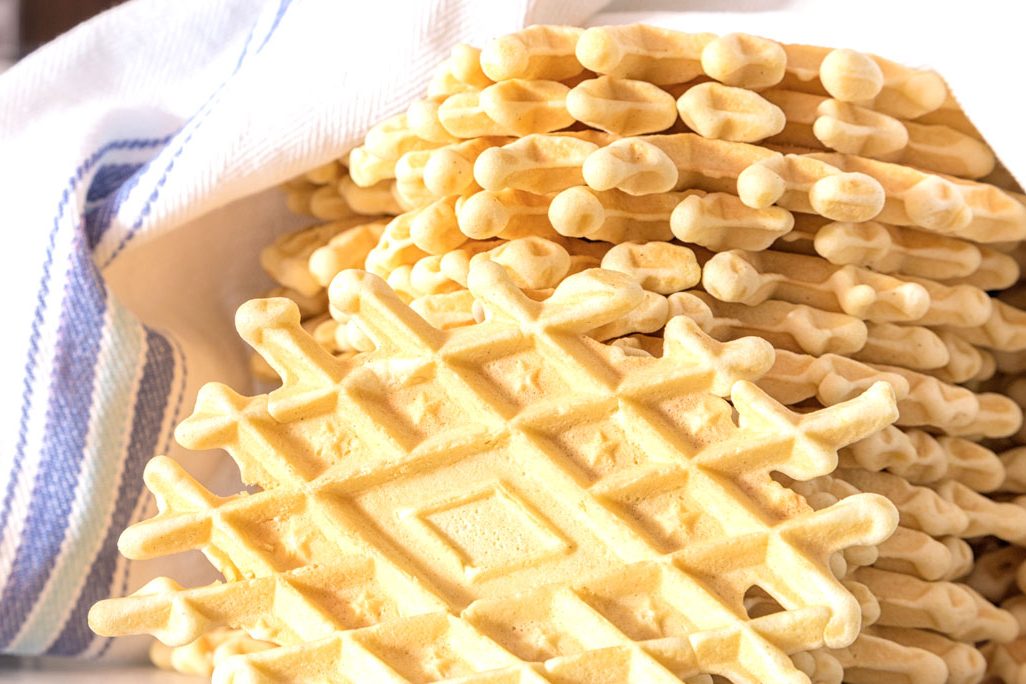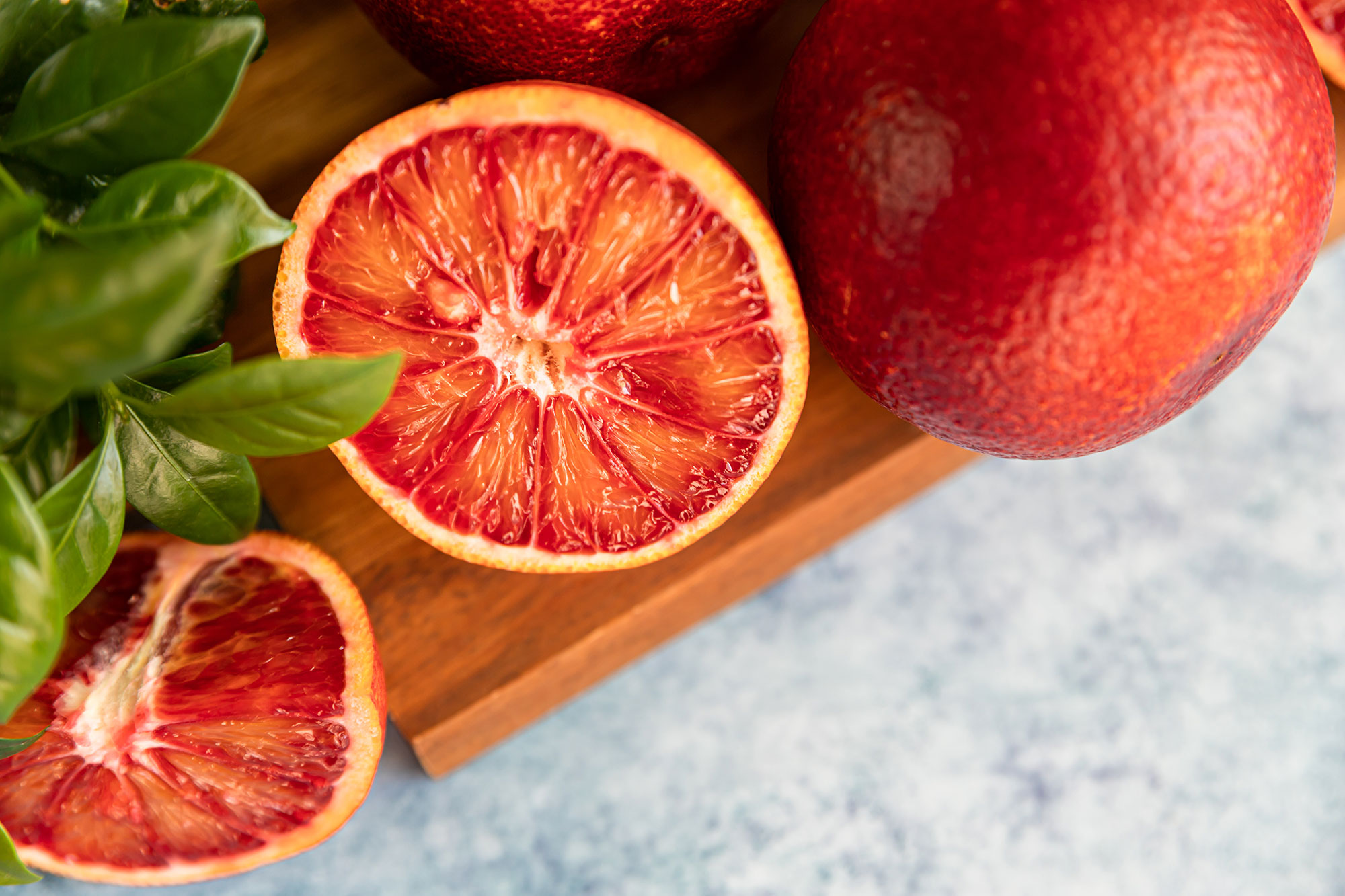Puglia is the hot vacation destination for food lovers traveling to Italy, and it is no wonder. The land of Trulli houses and semolina is also home to some of Italy’s most wonderful pasta traditions, among them stracenate, small rectangles of embossed egg dough. This artful stracenate is made by rolling pasta over a cavarola board, a small wooden plank into which a herringbone pattern has been cut. As the rolling pin moves over the pasta, the design in the wood is transferred to the dough. This unique Pugliese specialty gets the dinner conversation going every time.
Pugliese Pasta with Ragù
Dough
2 cups all-purpose flour
1 cup semolina
generous pinch kosher salt
5 large eggs
extra flour and semolina, about ¼ cup each, mixed together for rolling the dough
Hand Method
Heap flours on the counter and combine well. Hollow a fontana (well) in the center of the flour about the size of an orange. Place eggs and salt in the fontana, and whisk them together using a fork. With each stroke of the fork, bring a bit of flour into the mix, being careful to maintain the integrity of the fontana by moving your free hand around the outside of it, preventing the egg mixture from running onto the counter. Continue until all the flour is mixed into the eggs, adding more flour if the dough is too wet or a bit of water if it is too dry. Once the flour is incorporated and dough has come together in a large mass, set it aside. Use a bench scraper or stiff spatula to clean the counter. Scatter a bit of flour over the work surface and knead the dough for about 5 minutes, until it is smooth, elastic and just barely sticky. Wrap it in plastic and set it aside to rest for 30 minutes.
Processor Method
Place the flours and salt in workbowl of a food processor fitted with the metal blade. Pulse twice to combine. Place the eggs in a measuring cup and beat lightly. Remove the feed tube and with processor running, add the eggs in a steady stream until dough comes together, about 30 seconds. Check to see if the dough is too wet or too dry, adding flour or water if needed. Remove the dough from the processor and knead about 2 to 3 minutes. Form the dough into a disk, wrap in plastic and set it aside to rest for 30 minutes.
Cover a tray with a lint free towel and dust lightly with some of the reserved flour. Lightly dust work surface with flour. Roll dough by hand or to setting #5 on a pasta machine. Cut dough into rectangles 1 inch wide and 2 inches long. Place each piece of dough on the cavarola board and with gentle pressure use a rolling pin to emboss. If you prefer, you may place a large sheet of dough on the cavarola board, and emboss it, cutting it into rectangles after it is imprinted. Place the pasta on prepared trays to dry briefly before cooking.
To cook, bring 6 quarts of water to a rolling boil. Add a generous handful of salt. Drop pasta in, and cook about 2 minutes, or until done. Drain well and serve lightly dressed with the ragù. Pass the Parmigiano at the table.
Sausage Ragù
1 pound sweet Italian sausage, casings removed
1 yellow onion, diced
1 carrot, cut in ¼ inch dice
2 cloves of garlic, minced
1 each, red, yellow and orange bell pepper, cut in ¼ inch dice
½ cup chopped Italian parsley
½ cup basil leaves, cut in chiffonade (thin strips)
1 28 oz. can San Marzano tomatoes
½ cup dry red wine
1 teaspoon dried oregano
½-1 teaspoon red pepper flakes
Kosher salt and black pepper
Olive oil
Parmigiano Reggiano
Pour 3 tablespoons of olive oil into a low 4-quart Dutch oven. Heat over a medium flame, and add the sausage. Brown the sausage, breaking it up as it cooks, about 8 to 10 minutes.
Add the onion, carrot, oregano, peperoncino flakes, and ¼ teaspoon kosher salt. Saute, stirring frequently, until softened, about 5 to 7 minutes over medium to medium-low heat. Add the garlic, and saute until fragrant, about 2 minutes. Add the peppers, and saute until softened, about 10 minutes.
Break or cut up the tomatoes, and add to the pot. Add the wine, bring to a boil, and reduce to a gentle simmer. Cook uncovered, stirring occasionally, for 25 minutes. Add the parsley, basil, and ¼ teaspoon black pepper. Cook 5 minutes more. Check for seasoning, adding more salt, black pepper, or peperoncino flakes, if desired. This ragù will keep, well covered, in the refrigerator 2 days or frozen 3 months.
Handmade cavarola boards are available from Artisanal Pasta Tools (www.artisanalpastatools.com) in Napa, California.
Questions? Email me at adri@AdriBarrCrocetti.com or visit my site at AdriBarrCrocetti.com
For a step by step photo essay on how to make this pasta, visit my website at http://adribarrcrocetti.com/main/2011/07/18/stracenate-stracnar-and-a-cavarola-board/






























